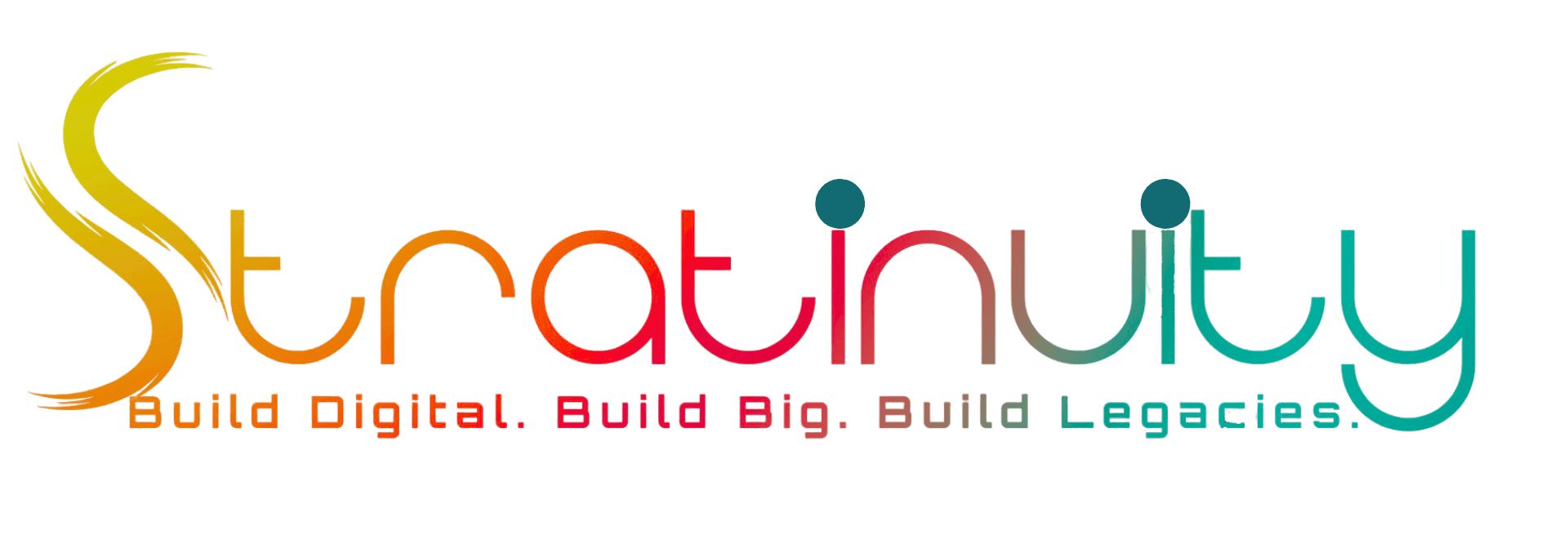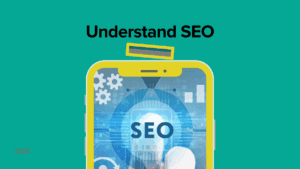When building a new website, many businesses focus solely on the final result—a sleek homepage, crisp visuals, and smooth functionality. But behind every polished site is a complex process of collaboration, creative work, and mutual respect. To truly get the best from your developer, it’s crucial to understand not just what you’re building, but how you’re building it together.
Tip # 1: The Right Developer Is a Partner, Not Just a Vendor
Choosing a skilled developer isn’t about hiring the cheapest or fastest option. It’s about finding someone whose work ethic, style, and communication align with your goals. Look at their portfolio. Do their past projects resonate with you? Speak with former clients. Was the experience collaborative and professional? This is a long-term relationship, not a one-off transaction.
Tip # 2: Understand the Scope: Time, Budget, and Expectations
Web development isn’t magic; it requires time, planning, and investment. Projects that seem simple often involve complex coding, design alignment, testing, and search engine optimization, which usually involves content optimization. That “quick fix” might take days to properly implement.
Set a realistic budget. Be clear on your timeline. Most importantly, don’t expect to make constant changes midstream without affecting scope or delivery. If you continually add pages, features, or content, timelines shift and costs increase. Developers, like anyone, can lose motivation when a simple project begins to feel endless.
Tip # 3: Respect the Developer’s Independence and Workflow
Many freelance or agency developers juggle multiple clients. While you’re understandably excited about your project, it’s crucial to avoid micromanaging. Constant calls, daily update requests, or sudden scope changes don’t help; they hinder. Instead, agree on clear check-in points and allow your developer the space to work.
Tip # 4: Your Role Matters: Deliver Assets Early and Clearly
Clients often underestimate their own role in project delays. Your developer can’t start designing without your brand assets, color palette, logos, and content. The clearer and earlier you deliver these items, the faster and more aligned the project becomes.
Provide:
- High-quality logos and images
- Brand guidelines (fonts, color schemes, tone)
- Written content for pages
- Example or inspiration websites
Missing or low-quality materials lead to delays and misalignment.
Tip # 5: Benchmark Sites Are for Inspiration, Not Imitation
When you send your developer a list of websites you like, it helps them understand your taste—color preferences, layouts, and user experience expectations. But a good developer won’t copy-paste another site. They’ll translate your preferences into something original and functional for your brand.
Tip # 6: Give Feedback That Counts
Feedback is essential, but how you give it matters. Use screen-recording tools like Loom to show what you mean. A visual walkthrough is often far more effective than a long email list or an in-person meeting. Keep your feedback clear, concise, and respectful. Avoid the temptation to nitpick every detail in real-time.
Tip # 7: Creativity Needs Breathing Room
You’re hiring a developer for their expertise, not just to follow instructions. Trust them. Give them the freedom to propose layouts, UX flows, or features that you might not have considered. Some of the best ideas emerge when developers are given the freedom to think beyond the brief.
Tip # 8: Don’t Rush Quality: Patience Pays Off
High-quality websites take time. Developers need uninterrupted focus to write clean code, test functionalities, and refine user experience. Rushing them or demanding updates every few days fractures that flow. Instead, set agreed-upon milestones and respect them.
Tip # 9: A Website is a Shared Vision
Think of your website project as a collaborative journey. Choosing a great developer is just the first step. The real magic happens when you treat the process as a partnership: you bring clarity, assets, and trust; they bring skill, creativity, and execution.
Respect the process and maintain fair and reasonable expectations, and the result will not just be a website—it will be a powerful digital expression of your brand.




